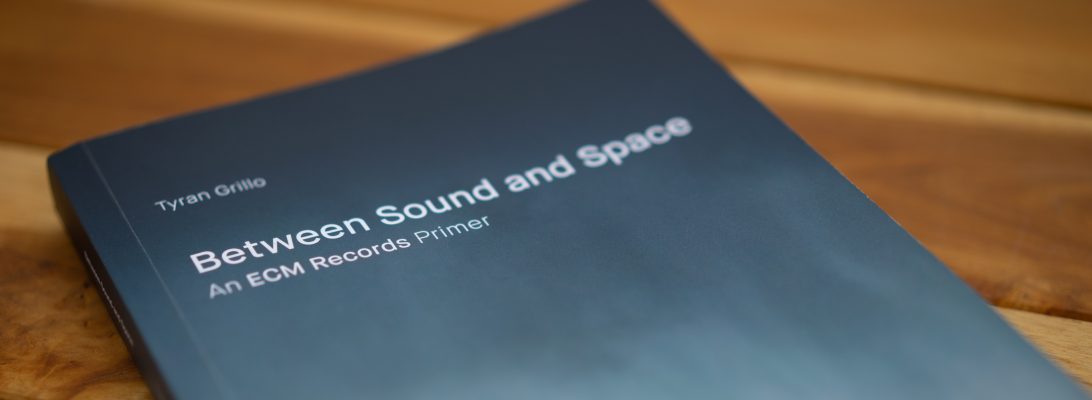Jan Dismas Zelenka
Trio Sonatas
Heinz Holliger oboe
Maurice Bourgue oboe
Thomas Zehetmair violin
Klaus Thunemann bassoon
Klaus Stoll double-bass
Jonathan Rubin lute
Christiane Jaccottet harpsichord
Recorded June 1997, La Chaux-de-Fonds
Engineer: Stephen Schellmann
Produced by Manfred Eicher
From the first measure to the last, the trio sonatas of Czech composer Jan Dismas Zelenka (1679-1745) cast an enchanting spell. The combination of instruments—two oboes, bassoon, and basso continuo, with a violin replacing an oboe in the third sonata—is unique and colorful. Zelenka’s writing embodies the epitome of Baroque ensemble stylistics, drawing from such diverse influences as Bach and the folk music of his own homeland.
The first two sonatas I see as a linked pair. Sonata No. 1 is an awakening into sunrise, birds weaving and darting in a complex interplay of lilting motifs. Sonata No. 2 is the dusk to the first’s dawn. Its gorgeous introductory movement builds to Albinoni-like proportions. Meticulous development and smooth bassoon writing in the final Allegro make this one of the most consistent sonatas in the collection. Thomas Zehetmair takes charge in the sinuous opening Adagio of Sonata No. 3. A virtuosic second movement and ornamental minor shifts in the fourth lend this sonata an overall anticipatory character. The oboes return to the “fore” in Sonata No. 4, which features a heartrending bassoon line in the Adagio. And on that note, the trio sonatas are a goldmine for the bassoon. Though touted by Heinz Holliger as a highpoint of oboe literature that evolves with the performer through time, this collection brings out so much detail from the oboe’s throatier cousin that one cannot help but give it equal attention. Klaus Thunemann’s dramatic sense of diction is almost never supplementary, but rather flickers with its own inner fire. The bassoon is perhaps nowhere so present as in Sonata No. 5. After a thematic statement in tutti, Thunemann takes the reigns, leading us through an interludinal Adagio before enthralling yet again in the Allegro. The bassoon remains an integral presence in Sonata No. 6, threading the Andante that opens, bolstering the snake-like oboe solo of the Allegro, and carrying the full weight of another gorgeous Adagio. The concluding movement starts off daintily enough, but soon works its way into wild flights on oboe (the effect of which is not unlike the bursts of violin in the Adagio of Bach’s fourth Brandenburg Concerto), thus adding that much more emphatic punctuation to this ever-unfurling manuscript.
These pieces are like concerti grossi in miniature form, each its own massive universe compacted into a rather demanding form of chamber music. Holliger initiated a “Zelenka renaissance” when he first recorded these works for Archiv in 1972, and manages to outdo even himself here in ECM’s praiseworthy production. The acoustics manage to bring out the earthiness of the bassoon, the glitter of the continuo, and the complexity of the oboe with nuanced attention. The click of oboe keys is pleasantly audible and only serves to underline the rhythmic backbone of the music.
Not since Bach had a composer taken the raw material of counterpoint and fashioned it into something beyond its own means. We know very little of Zelenka. Not even a portrait remains to show us his face. And yet, when we don our musical lenses and peer into the gems he left behind, we know that in his creations we have something far greater than a few strokes of cracked paint on a time-worn canvas could ever convey. One can only hope that this revival of a revival, combined with the tireless efforts of such Zelenka proponents as Wolfgang Reich and Holliger himself, will continue to polish away the centuries of neglect from this nearly forgotten Baroque treasure.


